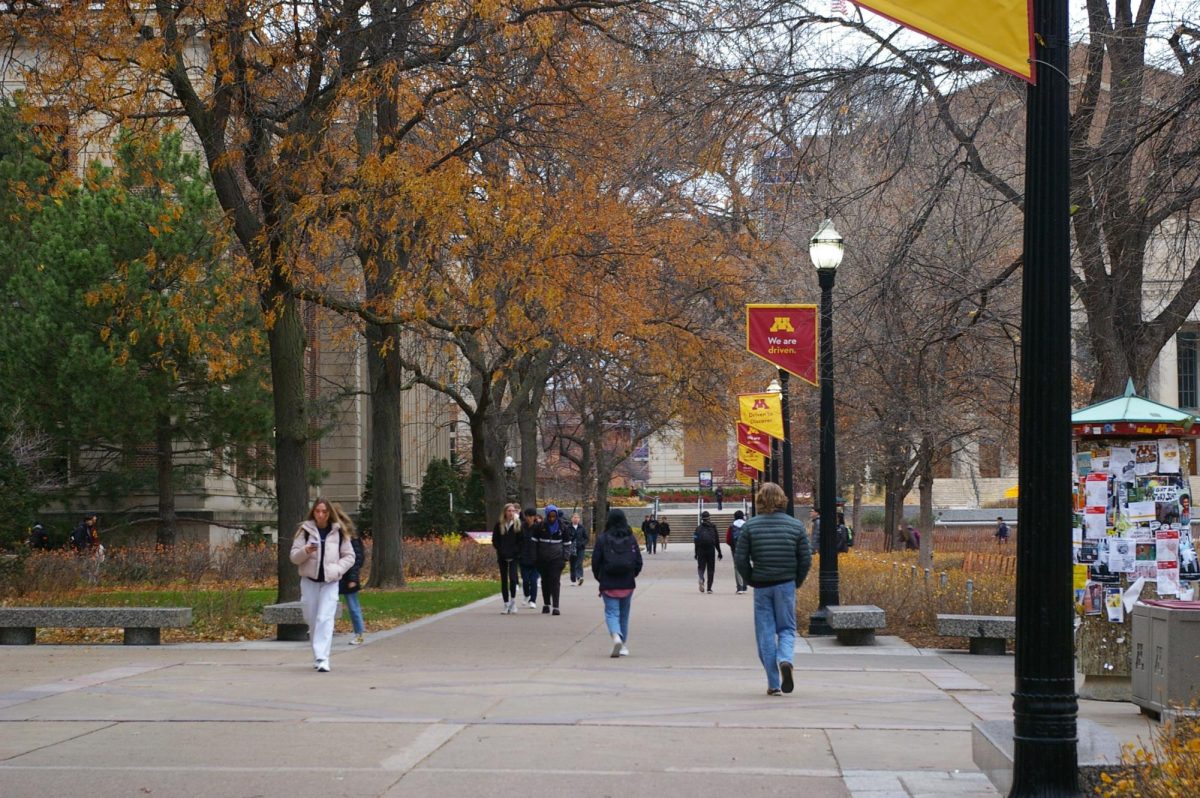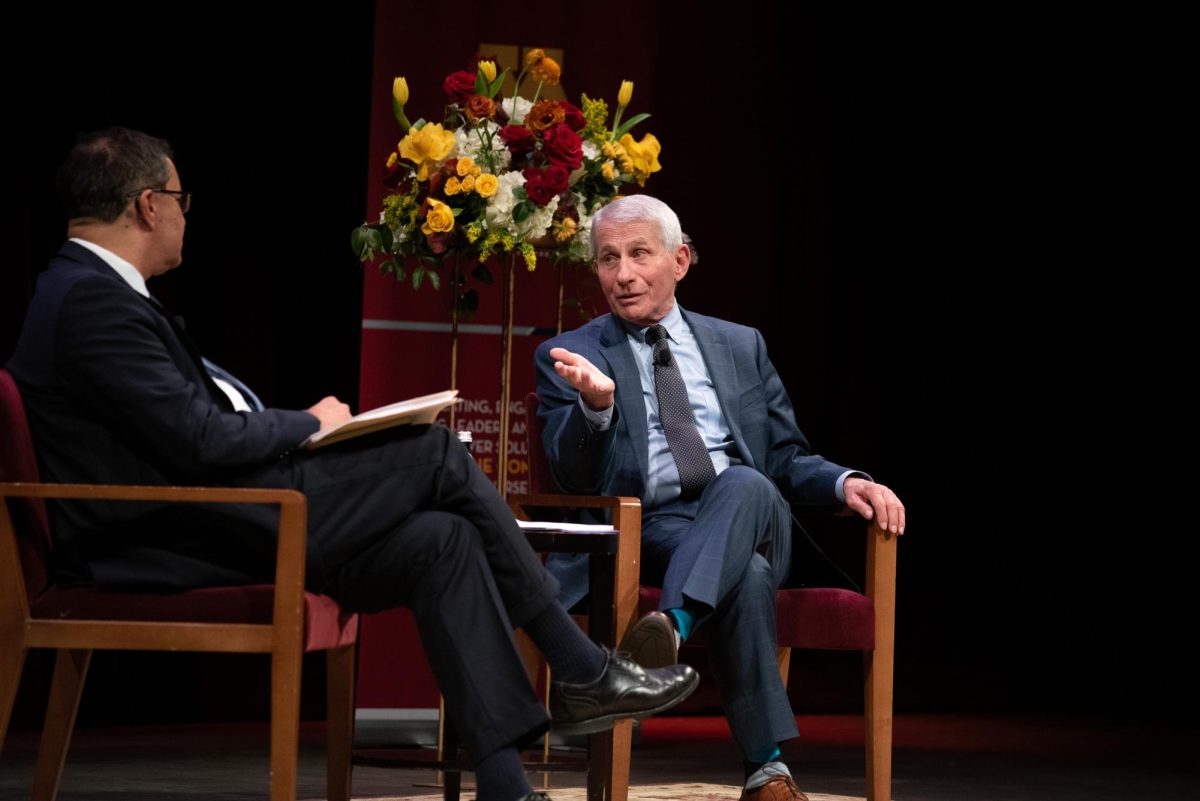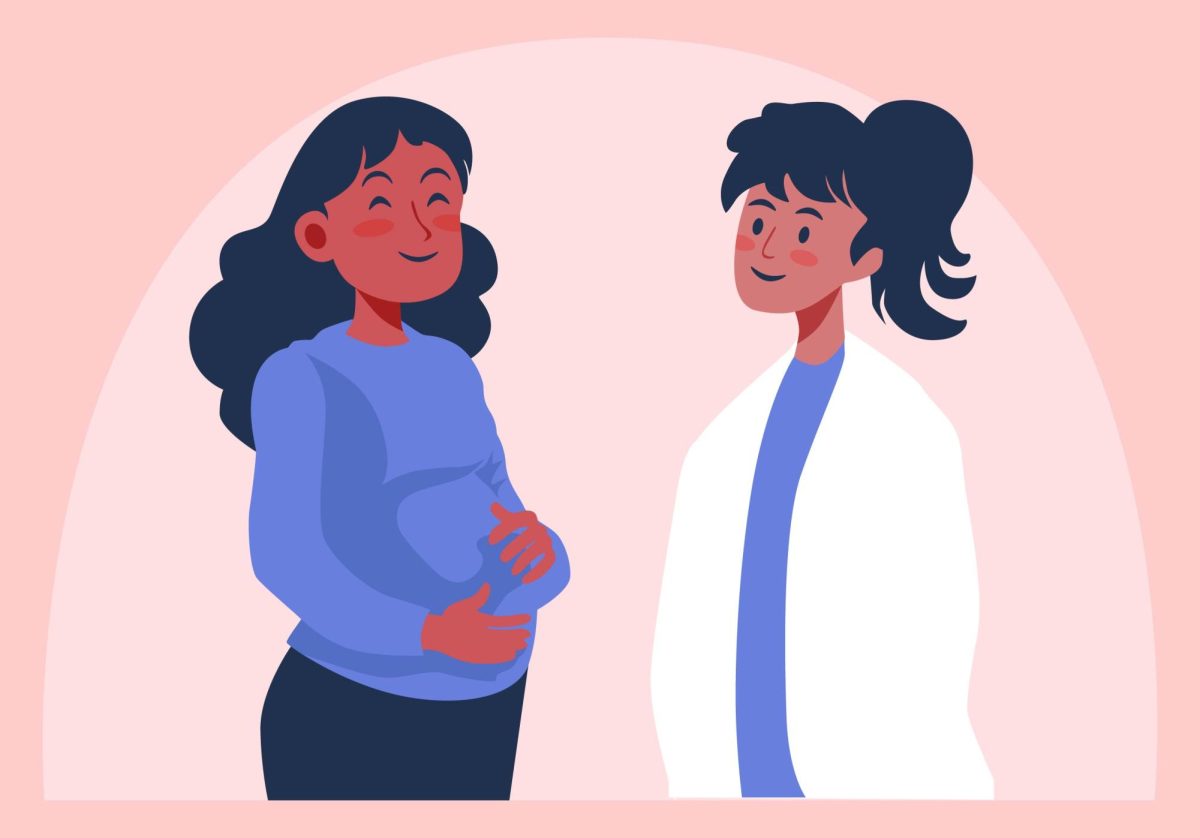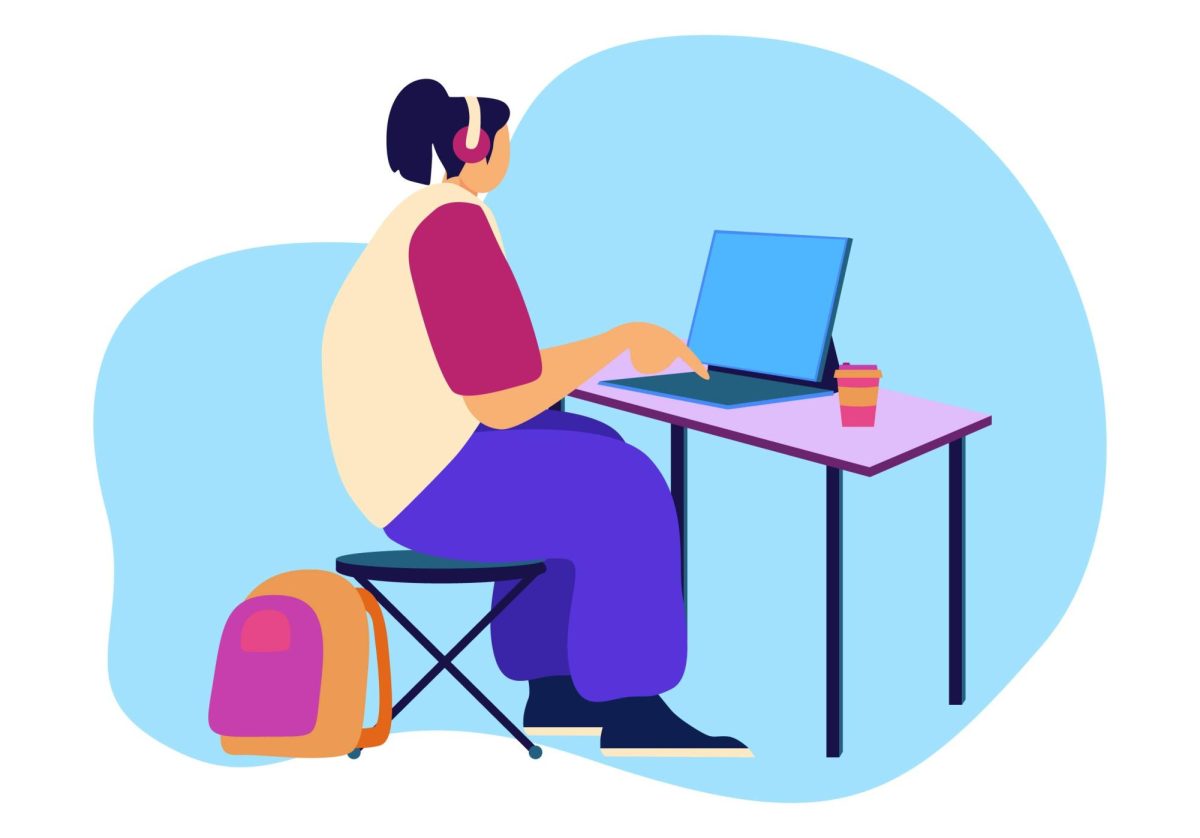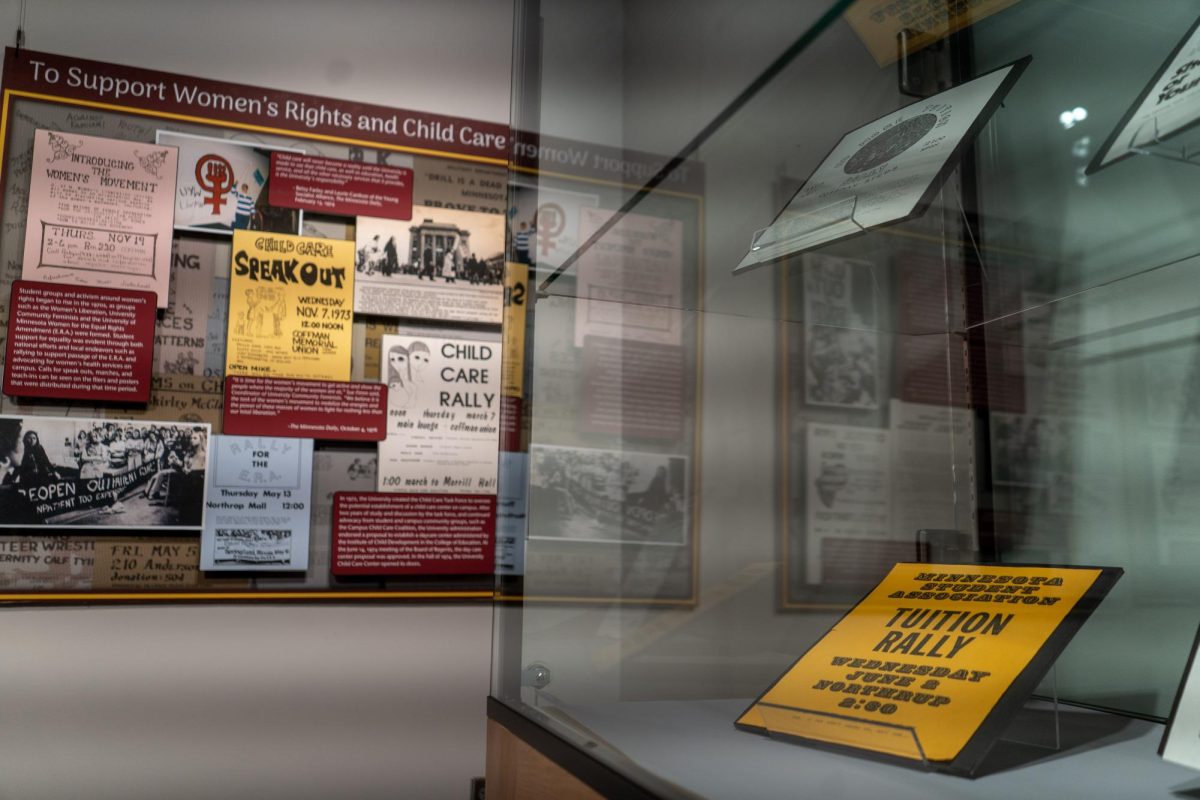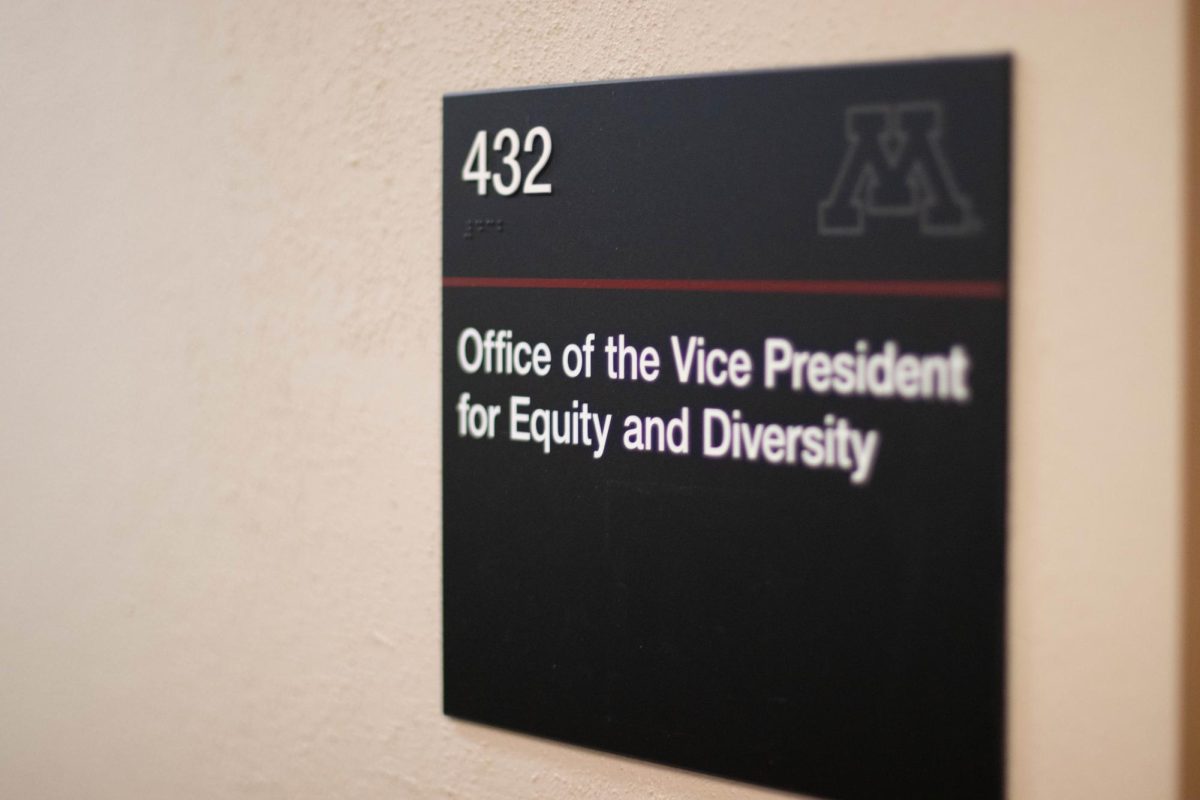The State of Minnesota offers two ways for high school students to earn college credit for free: Post Secondary Education Opportunities (PSEO) and College in the Schools (CIS). Both are offered at the University.
31% of students who participate in dual enrollment programs at four-year institutions re-enroll in the same university post-grad, according to data from Inside Higher Ed.
The class of 2028 at the University of Minnesota has 15% of its students enrolled in at least one form of dual enrollment at the University before starting their freshman year, according to the Director of Dual Enrollment Emily Hanson.
The University’s Twin Cities campus has approximately 9,000 students participating in CIS across 145 high schools and between 600 to 800 students enrolled in PSEO classes.
Hanson said there are more students in CIS because of the structure and flexibility of the program. CIS allows teachers to apply for the program and hosts classes in students’ high schools in the same classrooms as their other classes.
There are fewer opportunities for PSEO students at the University as they register after all undergraduate students, so class offerings can be limited for them. CIS is built into regular high school schedules, Hanson said.
The most commonly offered CIS course is the University’s freshman writing course. Hanson said that since it is a required writing course, students may want to have that requirement completed before entering college.
Hanson said exposure to college coursework benefits students in the long run.
“Students are starting a University of Minnesota transcript, but they’re also learning about college classes,” Hanson said. “They’re having an early exposure to university content, the challenges and the pacing of a university course in a safe environment.”
There are 18 different foreign language courses offered for CIS students, the largest selection of any discipline. Liz Lake is the faculty coordinator in the Spanish language department and works with up to 30 high schools that offer Spanish courses each year.
“They teach a curriculum that was developed at the University of Minnesota, and we provide them with assessments and rubrics and those types of things for their students,” Lake said.
Coordinators in each of the seven academic departments work with the high schools to provide resources, according to Lake.
“In terms of their professional development, we meet with them three times every year, they’re invited to campus, and we hold professional development workshops,” Lake said. “We also work on curriculum together, we bring in samples of student work, and we see that we’re all assessing at relatively the same level.”
The University also coordinates with guest speakers for teachers and students, most recently bringing in experts on AI and how it impacts languages.
Lake said expectations are nearly the same between the high school and collegiate levels, including the expectation that professors speak in Spanish for at least 90% of class time.
“For students who are engaged with Spanish, it gives them a higher level when they’re ready,” Lake said. “It allows you to continue with something that you’re passionate about at your school, and then you get college credit as well.”
Lake said the preparatory nature of the classes can also be helpful to students.
“High schools, for very good reasons, have models that are more flexible with students in terms of retaking exams and stuff that isn’t generally allowed at the university level,” Lake said. “So seeing that in action before you leave high school is also a benefit.”
All students in CLA are required to take at least two years of a language or pass the Language Proficiency Exam (LPE). Students taking CIS Spanish courses take the same LPE as those at the college level, fulfilling their language requirements before they arrive on campus.
“I think it’s a fantastic program, and I think as many connections that we can make between the high schools and higher ed is important, showing the relevance and also the fun of a college degree,” Lake said.
Hanson said one of the overarching goals of the office is to provide students with the opportunity to succeed.
“We’re interested in exposing students earlier to college opportunities and demonstrating that they can be successful,” Hanson said. “When students see themselves as college students while they’re in high school, studies have shown they’re more likely to graduate high school, to go on to college, and also to persist in college.”


